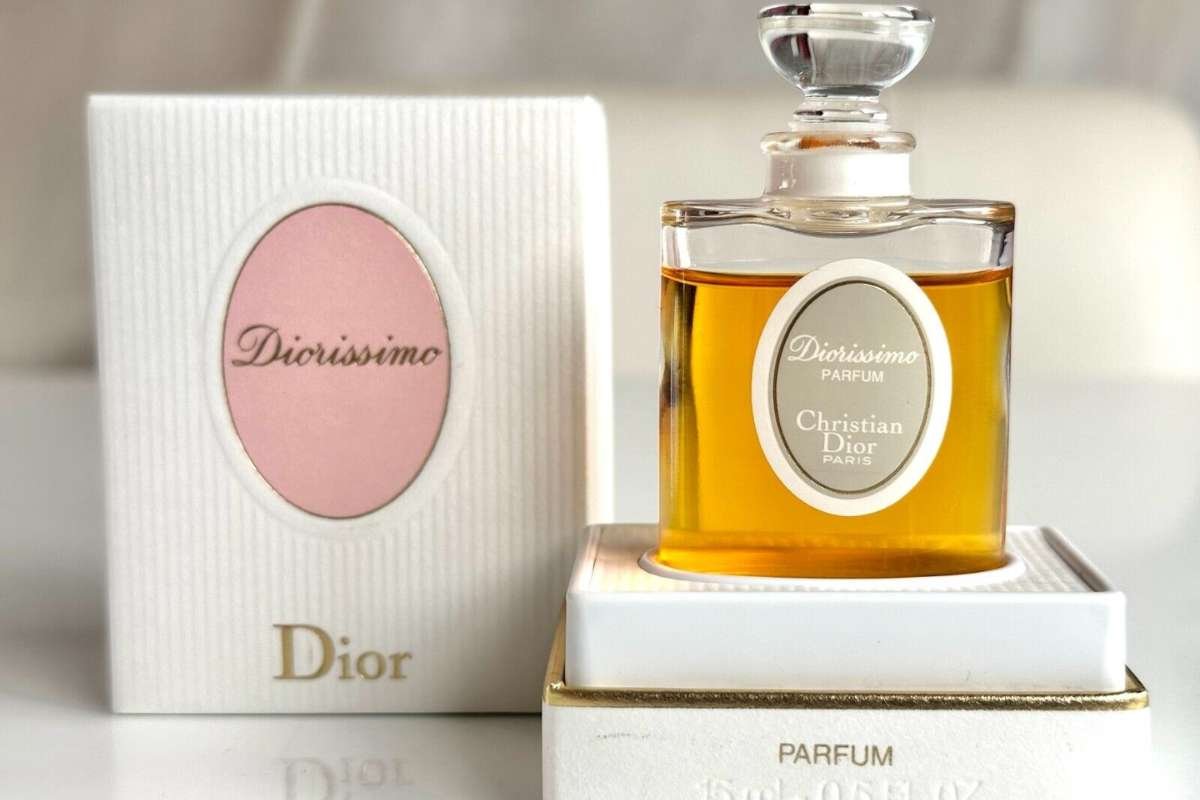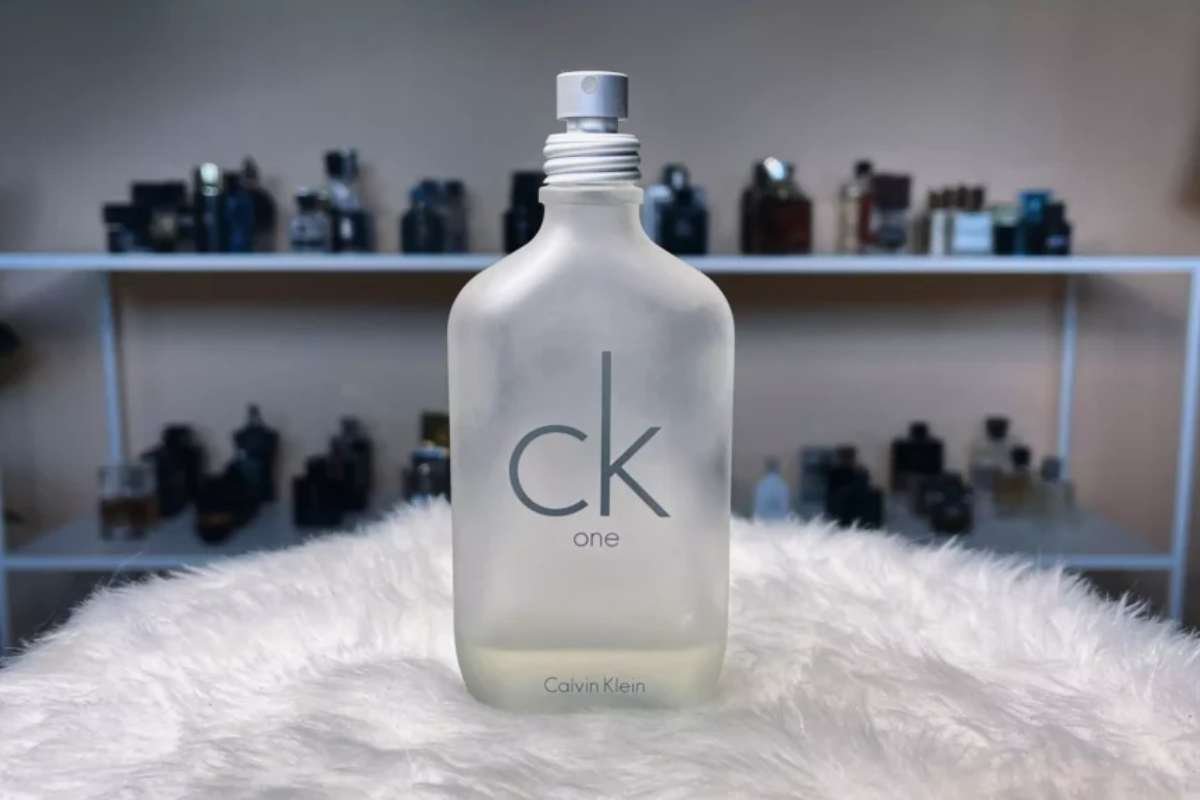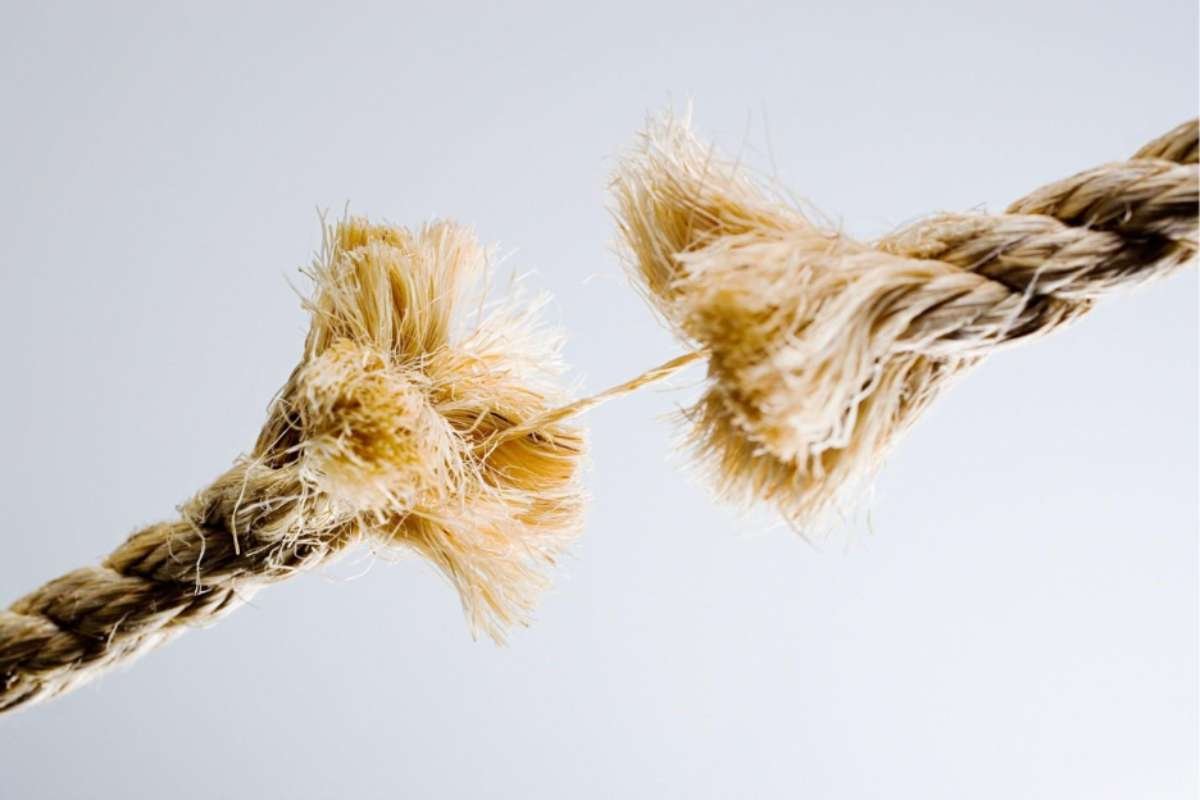Scent, memory, story, signature—more than merely the whiff that evokes them, perfume is all of these. Over the years, certain fragrances have transcended trends and become impeccable classics. Whether it is the powdery chicness fragrance of the 1920s, or the minimalist fresh scents of the 2000s, we can look back through the perfumes that set the trend for whole generations. In this guide, we have listed our best perfumes of all time with a decade marker, to remember those classic bottles that still reside in our vanities—and our hearts.
1920s – The Era of Art Deco and Glamour
Chanel No. 5 (1921)
Arguably the most famous fragrance of all time, Chanel No. 5 was the first time perfume was an artisanal product, adding in soapy and powdery brilliance with an abstract floral aldehydic construction. Ernest Beaux created the perfume for the creator Coco Chanel, and it was one of the first fragrances to use synthetic aldehydes. The minimalism of the bottle and the perfume embodies the subtle elegance of the Art Deco period.
Caron Narcisse Noir (1911, but gained popularity in the 1920s)
This heady floral with narcissus and orange blossom was a staple among flappers and early Hollywood elites. Its sensual, almost mysterious character made it a standout in the Roaring Twenties.
1930s – Sophistication in a Time of Change
Guerlain Vol de Nuit (1933)
Drawing on aviation and Saint-Exupéry’s book, this oriental fragrance married the soft theme of spices, woods and flowers while pursuing the theme of adventures and romance during a very difficult decade.
Joy by Jean Patou (1929)
Often cited as one of the best perfumes of all time, Joy offered a luxurious alternative during the Great Depression, as it contained the equivalent of hundreds of roses and jasmine flowers per bottle, and it was deemed “the most expensive perfume in the world.”
1940s – Wartime Elegance
Miss Dior (1947)
Miss Dior was launched just after WW2, it represented the comeback of femininity. As a green chypre with a floral touch, it suited Christian Dior’s “New Look” and set the tone for postwar elegance.
Femme by Rochas (1944)
A spicy, fruity chypre, this perfume was very advanced for its day. It had an alluring combination of plum, peach, and leather notes, and its sensuality offered an imaginative outlet for emotional needs at a time when the population longed for more.
1950s – The Birth of Iconic Femininity
Diorissimo (1956)

An homage to the lily-of-the-valley and also Christian Dior’s favourite flower, the romantic freshness of Diorissimo captured the ladylike ideal of the decade.
Youth Dew by Estée Lauder (1953)
Originally intended as a bath oil, this plush oriental sold out immediately and fast became a best-seller. Its mix of spices, amber, and patchouli offered women a unique, original concept of purchasing perfume for themselves.
1960s – A Cultural Revolution
Hermès Calèche (1961)
Calèche was a sophisticated scent due to its green aldehydic opening and delicate floral heart note that combined to offer an elegant scent that represented tradition while modernism permeated fashion, culture, and social mores during this transition.
Chanel No. 19 (1970 release, but developed in the late 60s)
The fragrance is No. 19, named for Coco Chanel’s birthday, offered a green, crisp, bold variation on the sweeter fragrances of the era, capturing, ironically, a moment in time when a new generation of bold, strong, and unrepentant women could be stylish, powerful, and identified by their fragrances without negation.
1970s – Bohemian and Bold
Opium by Yves Saint Laurent (1977)
Opium was another story. Spicy, smoky and provocative, Opium elevated fragrance dialogue and immediately became an instant classic. Opium was an unapologetic fragrance and had a cult following, slowly warming up to the deeply oriental categories displaying liminal potential.
Aliage by Estée Lauder (1972)
Marketed as the very first women’s “sport fragrance” (are you kidding me?), Aliage offered herbs and citrus in green notes that were perfect for the fit, liberated woman of the Stadler-Drew era.
1980s – Big Hair, Bold Scents
Dior Poison (1985)
Dior Poison might be a stretch to suggest on any all-time best list, but list completing should note, loud, complex and daring scents mark the 1980s to the fullest. Certainly, Poison points to France taking the confluence of 1980s maximalism moving into a plum, incense and tuberose cocktail of formidable power dressing scents.
Calvin Klein Obsession (1985)
Seductive and sultry, Obsession had a cult following and became a staple of the decade’s power dressing. Its amber and spice-heavy formula was unforgettable.
1990s – Clean and Minimalist
CK One by Calvin Klein (1994)

CK One, which was the unisex revolutionary fragrance capturing the intersection of the grunge-meets-minimalism era, with Oxford-structured citrus with fresh green tea notes and released as a unisex fragrance. CK One confidence would admit no scent gender and established a new generation of cool.
Thierry Mugler Angel (1992)
This gourmand scent changed the industry. With patchouli, chocolate, and caramel, Angel was polarising but wildly successful, ushering in an era of edible, decadent perfumes.
2000s – The Age of Niche and Neat
Chanel Chance (2003)
Chance is classic, yet modern—a playful twist on Chanel’s luxury. With notes of pink pepper, jasmine, and patchouli, Chance is youthful but still elegant.
Narciso Rodriguez For Her (2003)
This musky floral was smooth, sensual, and incredibly versatile. It’s often considered one of the best perfumes of all time for its ability to smell clean yet seductive.
2010s – Artistic and Authentic
Le Labo Santal 33 (2011)
This coveted niche fragrance has sandalwood, cardamom, and leather. It has signed the fragrance of creatives, hipsters, and minimalists alike, while also influencing a slew of other fragrances.
Yves Saint Laurent Black Opium (2014)
Black Opium is a modern twist on the original from 1977, which offered coffee, vanilla, and white flowers together in an energy that was both sensual and youthful. This one took off with Gen Z and Millennials.
2020s – Personal and Planet-Friendly
Maison Francis Kurkdjian Baccarat Rouge 540 (2015, popularised in the 2020s)

Sweet, woody, and luminous, this scent skyrocketed in popularity thanks to social media. It’s rich, radiant, and considered one of the best perfumes of all time among fragrance connoisseurs and influencers alike.
Byredo Gypsy Water (2008, peaked in the 2020s)
Though released earlier, Gypsy Water’s rise in the 2020s signaled a love for soft, woody ambers with a nomadic twist. It exemplifies the decade’s trend toward ethereal, wearable luxury.
What Makes a Perfume Timeless?
Timeless fragrances often share certain characteristics:
- Balanced composition – Whether fresh, floral, woody, or spicy, they’re never overpowering.
- Emotional connection – They trigger memories or offer a unique sense of self.
- Versatility – Iconic perfumes transition easily from day to night, season to season.
- Longevity – Not just in wear, but in relevance across generations.
When curating a personal fragrance collection, consider what resonates with you emotionally and stylistically. The best perfumes of all time aren’t just about trend—they’re about legacy.
Final Thoughts
From the aldehydic glow of Chanel No. 5 to the intoxicating sweetness of Baccarat Rouge 540, perfume has a rich history that knows no borders or timeframes. The best perfumes of all time transcend quarterly statements in sales data – they are not great just because they smell good, but because they encapsulate the zeitgeist of a moment, even decades later. Whether you are trying one of these iconic fragrances for the first time or revisiting one that already holds a spot on your shelf, they all now belong there.
Want to find your signature scent? Use history as your guide – let your senses be the compass.
Did you find this article helpful? Visit more of our blogs! CIO Women Magazine









